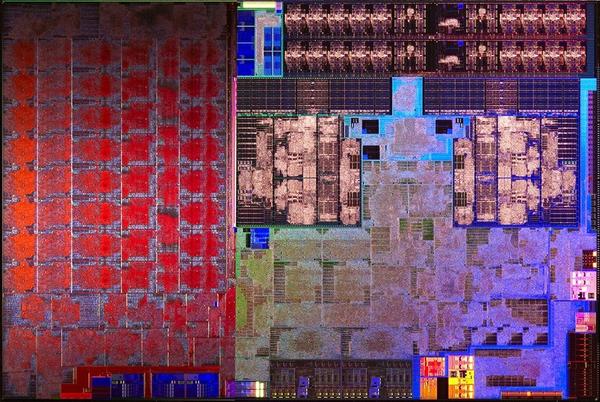Conclusion
Spearheading the initial launch of Carrizo is a trio of parts from AMD - the FX-8800P flagship, as well as the A10-8700P and A8-8600P. All three parts come in the same FP4 package, the same configurable TDP range, with four CPU cores and a maximum memory support speed of 2,133MHz. The primary variations between parts occur with the CPU frequency, the number of GPU cores and the GPU clock. Thus far AMD has not announced the MSRP pricing of each APU.
While today is the official unveiling of the Carrizo APU consumers won't be able to get their hands on the new tech until AMD's notebook partners are ready to market their upcoming solutions. AMD revealed that Acer, ASUS, Hewlett Packard, Lenovo and Toshiba all have notebooks planned with its newest APU and when these notebooks become available it will be possible to fully evaluate the credentials of the mobile Carrizo platform for consumers.
AMD certainly believes Carrizo has the capability to take Intel on in that middle ground notebook market and, on paper at least, it looks like AMD may be onto something. However, as we witnessed with Kaveri mobile APUs the real challenge for AMD is getting the retail penetration needed to make sales and reach consumers, here in Europe the number of AMD-based notebooks pales in comparison to equivalent Intel-based products. Such a lack of offerings is symptomatic of either unconvinced notebook vendors or weak customer demand for AMD-based notebooks and, for the more cynical of readers, vested interests in Intel dominance.
There is no simple reason as to why AMD has lost ground in the notebook market but a large part of this likely boils down to the type of notebooks that ship with AMD hardware. Ultimately, crucial design decisions rest on notebook vendors, they must ship sensible hardware configurations and deliver desirable and stylish devices that put forth a well-rounded user experience, particularly when edging towards that $700 upper price limit.
Yet AMD, unlike Intel with its Ultrabook program, doesn't mandate minimum system configurations to its notebook vendors for specific products which makes it easy for them to release meagre notebook experiences to consumers. An example would be when vendors fail to ship AMD A10 APUs with SSDs or high-resolution displays and use a bulky chassis, thus giving the impression to consumers of a slow and low-quality device which they then go on to associate with AMD technology.
On the whole Carrizo seems to be a step in the right direction for AMD's health in the notebook market. Desktop users may be feeling left out in the cold, expected to make do with the refreshed "Godavari" A10-7870K APU, but the APU concept has less appeal in the desktop form factor when it's so easy to add a powerful discrete graphics card. Only time will tell if Carrizo has what it takes to sway notebook vendors and consumers but it's good to see new innovations from AMD coming to fruition.
















